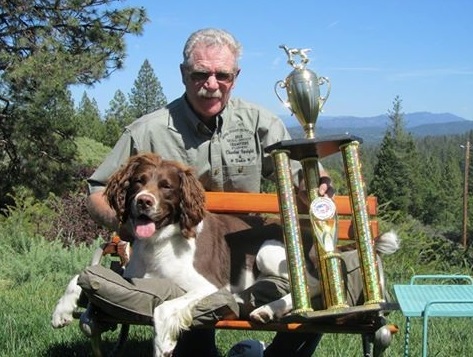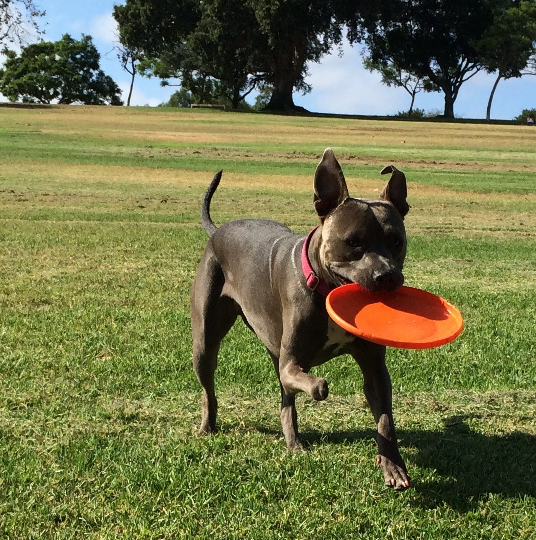Stem Cell Banking
One of the services that VetStem provides is cell banking, or storage, of your pet’s extra stem cells. Once the stem cells are extracted and concentrated from your dog’s, cat’s, or horse’s fat tissue, they are portioned into “doses” either for immediate use or for storage in cryopreservation tanks.
There are several reasons why we store any extra stem cells that aren’t needed for the initial treatment. By storing your pet’s extra cells, your veterinarian will have the ability to request additional doses for future treatments if necessary. Future treatments can be used if your pet’s condition causes discomfort again, if your pet gets re-injured, or even if your pet develops a new condition that was not previously treated. Our friend Bodie, a longtime stem cell recipient, is a perfect example of why storing stem cells can be beneficial.
It is important to note that cell yields vary and not every patient has enough to store extra doses. That being said, VetStem stores what we call a “Retention Sample” for nearly every patient. The Retention Sample is a small number of your pet’s stem cells that is cryopreserved and saved for a potential future culture. What this means is, if your pet uses up all of his/her stem cell doses, VetStem can use the Retention Sample to initiate a stem cell culture to grow more of your pet’s own stem cells. This process takes a few weeks and does incur an additional charge however it allows us to potentially create a lifetime supply of stem cell doses for your pet. Both Bodie and Whisper have had their stem cells cultured so they may continue with treatment as needed.
Another benefit to storing your pet’s extra stem cells is that it eliminates the need for another fat collection procedure, should your pet require additional treatments. This is especially important for older dogs and cats or patients who are otherwise not a good candidate for anesthesia. By storing your pet’s extra cells and avoiding additional fat collection procedures, you are potentially saving money and reducing the amount of times your dog or cat has to undergo anesthesia. Though horses do not require full anesthesia for the collection procedure, the fat collection is still a minor surgical procedure and thus incurs additional expense.
Clearly, there are many benefits to storing your pet’s extra stem cells. VetStem stores each patient’s extra cells for one year at no extra charge. After the first year there is a nominal fee, charged annually, to continue storage. We also offer discounts if you pay for multiple years up front. We occasionally get questions from owners regarding storage and whether or not they should continue. Our advice is to consider the bigger picture. For instance, does your dog or cat have an ongoing degenerative disease such as osteoarthritis that may worsen over time? Is your dog or horse a performance or working animal that is at risk of getting injured? If the answer is yes, then it is most likely in your (and your pet’s) best interest to continue your pet’s stem cell storage.




